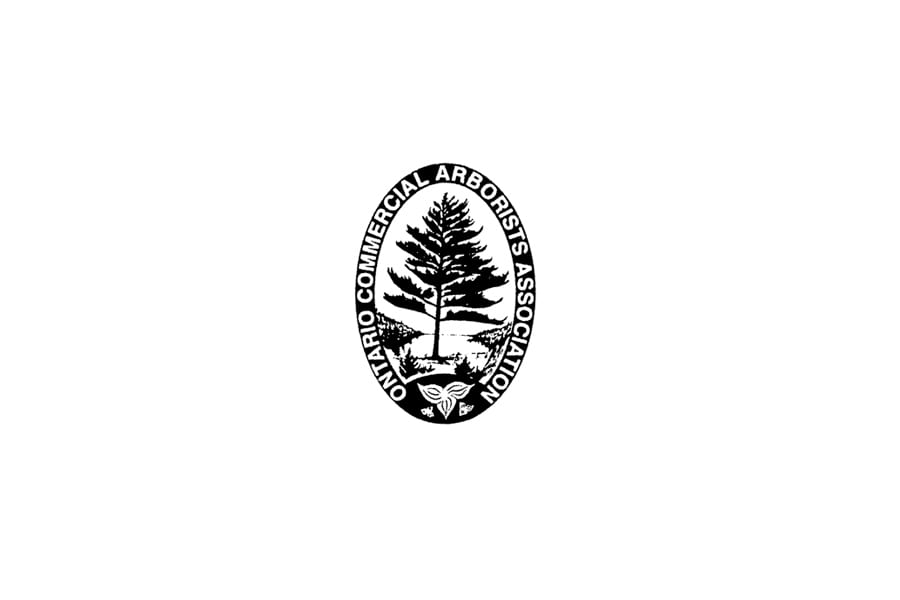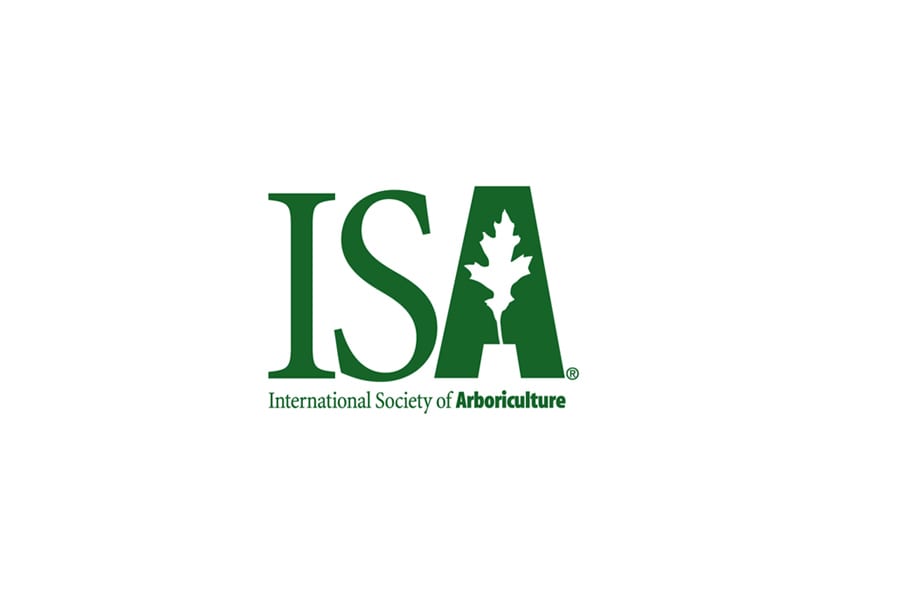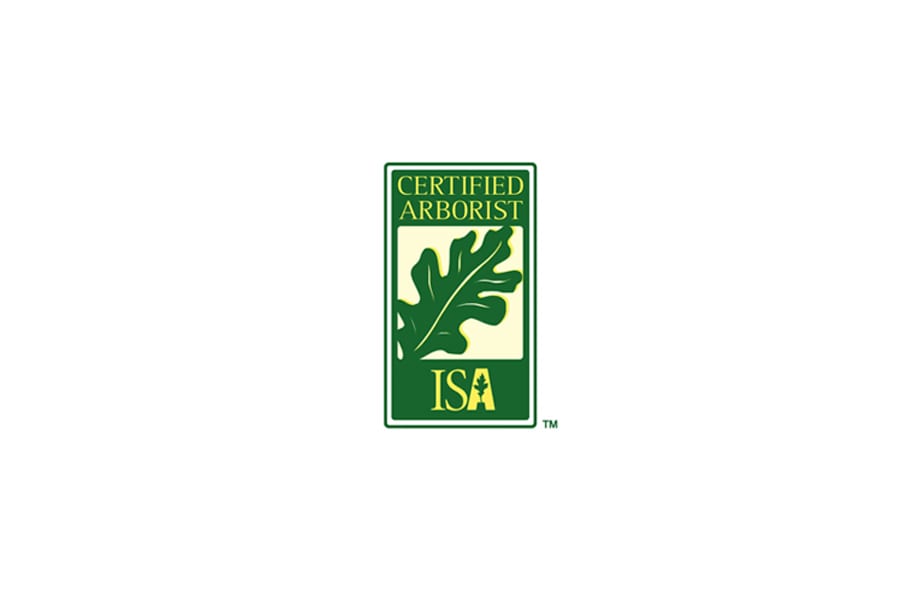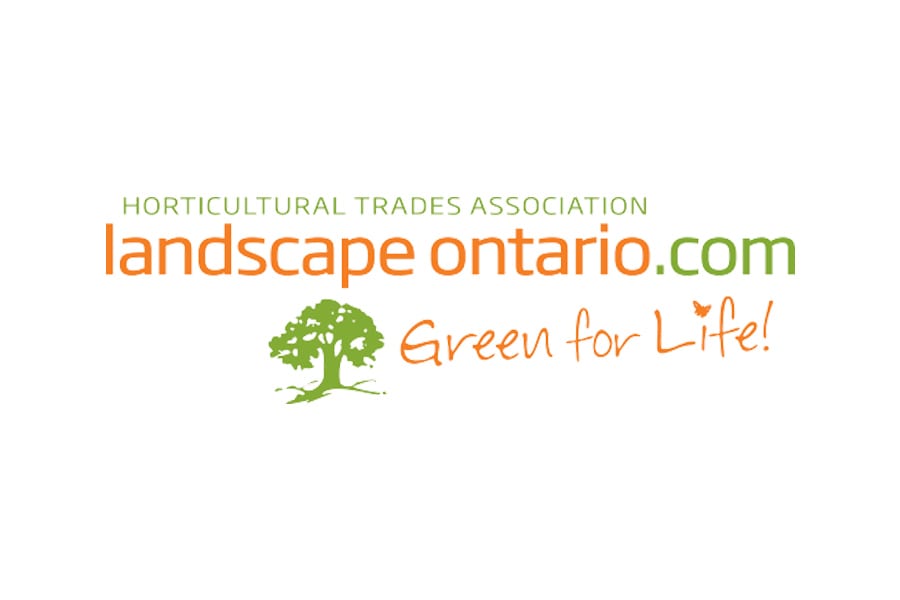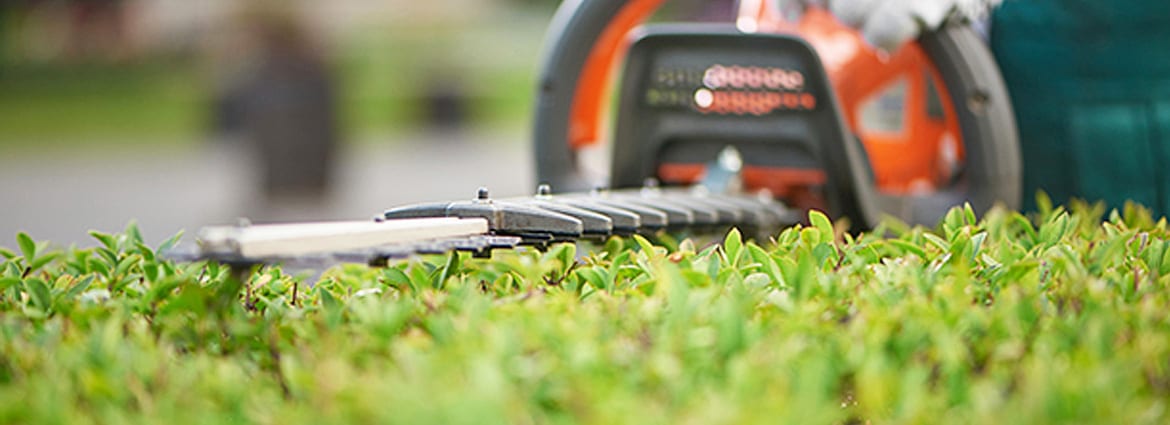
- Jul 10, 2019
- Dreamworks Tree Services
- Complete Tree Services
- 0 Comments
Do’s and Don’ts of Tree Trimming that You Need to Know
Tree trimming and hedge trimming are services that require the expertise of professional arborists and tree care experts. Whether you want to remove the rotten portions of a tree or keep your yard tidy, tree trimming can help you. However, it is a task that can be dangerous if not done correctly. We’ve put together a comprehensive list of the do’s and don’ts, so you are aware of the best ways to trim trees and plants.
General Do’s and Don’ts for Tree and Hedge Trimming
- Examine the trees after heavy winds or a storm to check whether trimming is necessary to remove any broken or damaged branches.
- Learn about different pruning practices to avoid damaging your trees.
- Prune trees that are bushy and overgrown and trim branches that are close to your roof and house.
- Also, prune to encourage the growth of fruits and flowers.
- Trim broken, dying, or diseased limbs that have high chances of falling on your house, powerline, or people on your property.
- Avoid trimming more than 25% – 30% of a tree’s foliage at once because this could damage the tree’s health.
- Don’t prune unless it is necessary.
- Do not trim a tree that is less than a year old only to enhance its appearance. Prune a young tree only to remove dead or broken limbs.
- Don’t use a sealer to seal any wounds after trimming a tree as this could rot the branches.
Tree Trimming Do’s and Don’ts for Enhanced Safety
- Do use safety gear, including long pants, gloves, and safety glasses to protect your body from injuries.
- Do prune outer foliage properly.
- Don’t try to climb a tree without using the proper climbing gear.
- Don’t over-trim the inner foliage or prune a tree that’s within 10-12 feet of a transformer or a power line.
- Don’t attempt to prune branches that are too high, especially if you’re using a chainsaw.
Do’s and Don’ts to Decide When to Prune Trees
- Avoid pruning plants in fall when healing takes longer unless you discover diseased or dead branches.
- It helps to trim trees and hedges in winter to promote new growth in spring, so prune your trees during the late winter months.
- Prune tree limbs in summer to help slow the growth of a tree if it seems to be damaged or diseased.
- Do not prune a tree in spring months until all the blossoms have opened.
Other Things to Consider when Trimming Trees
Do Keep the Trees Balanced
Prune the branches from all sides to keep the canopy balanced. This ensures that your tree grows in a controlled manner while providing shade. If too many stems are cut from one side, the tree may bend and eventually collapse. Start trimming the branches by viewing the whole canopy from a distance. It allows you to see the parts you need to remove.
Don’t Use Blunt Tools for Tree Trimming.
If you cut the branches with a blunt knife or saw, it can damage the bark. A severely damaged branch collar may lose the ability to heal wounds and receive food. A tree that cannot get nutrition will eventually die.
Before trimming, ensure the tools you use are sharp and durable. You should also check if the equipment you are using will suit your specific needs. It will help you complete the job with precision.
Do Make Tree Trimming a Year-Round Process
Tree trimming and pruning should be a regular process throughout the year. When you see a dead or infected branch, cut it off immediately. Prevention is better than cure, so keeping an eye on your trees ensures ease of maintenance for a healthy and beautiful landscape.
Don’t Remove the Top of the Tree
Cutting the top of the tree is not a good practice when pruning. It causes a significant portion of its crown to drop. As a result, the foliage fails to produce food. It can also make the tree prone to decay and pests. While the crown grows back, it may harm the tree’s health and deteriorate its ability to provide shade.
Do Consider the Tree’s Distance from Your Home
It is crucial to consider the distance of the tree from your home. A tree can easily grow out of control in different directions. If you live in an area prone to storms, lightning, or strong winds, they can be damaging. Keep them trimmed and at a reasonable distance from your home. A tree can also become climbing support for burglars or unwanted pests, which is another vital point to keep in mind.
Don’t Prune Flowering Plants Until Blossoms Open
Avoid pruning a flowering tree until it blossoms to its full potential. Also, don’t prune a tree planted less than a year ago. A flowering tree needs to blossom to its fullest before you can trim it.
Do Call a Tree Care Expert for Assistance
Tree trimming is a process you need to follow regularly. Chopping parts of a large tree may be a lot of work that requires additional equipment and expertise. It is also risky to cut huge branches. You should consider hiring a professional tree trimming service to prune your tree and ensure the task is accomplished safely.
Don’t Trim More than a Quarter of a Tree’s Branches
Tree trimming requires eliminating a small portion of a branch. So, don’t trim more than a quarter of a tree’s total branches in one year. Avoid sealing products as trees have everything they need to care for themselves properly.
Professional Hedge and Tree Trimming in Toronto with the Experts
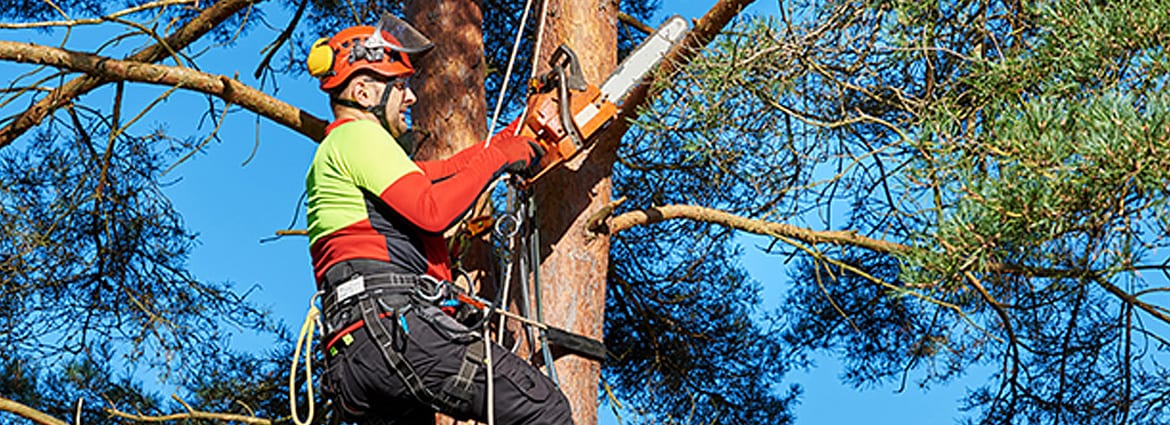
Whether you want to have a neat and tidy yard, remove the dead portions of a tree, or trim diseased plants and trees, the experts at DreamWorks Tree Services have got your back. We have qualified arborists in Toronto to help assess the condition of your trees and come up with accurate solutions at a reasonable price to ensure that they are healthy.
For more information about our tree trimming service in Toronto, give us a call at 647-793-8903. You could also request a free property assessment by filling out our online form.







